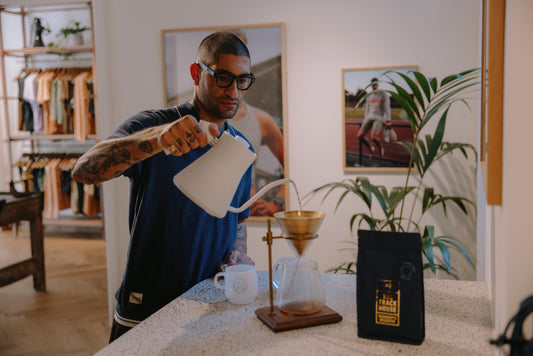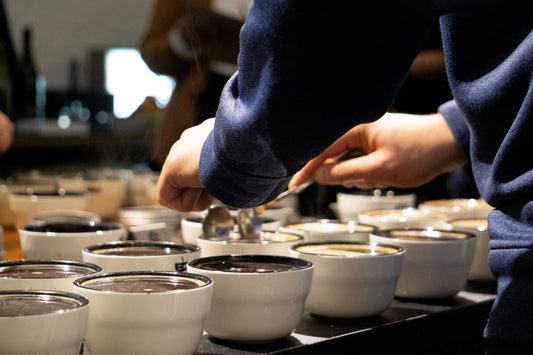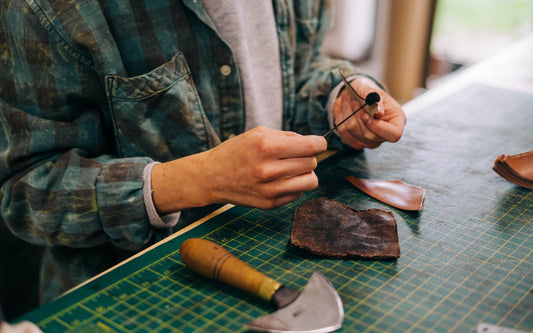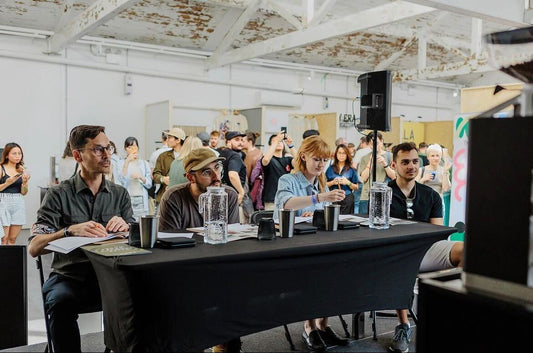



Back in December last year, the coffee-buying world became aware of a political situation developing in the Nyeri region of Kenya that indicated this region’s coffee would not be for sale this season. We kept an eye on things as best we could from London, and then traveled to Kenya in February/March to speak with those involved on the ground to get a sense of whether anything could be done in time to bring the co-operative societies’ coffees to market.
Unfortunately, there had been little to no improvement and most of the coffees from the washing stations we were interested in were sitting in a warehouse; lots all mixed up, traceability questionable, but most importantly under lock-and-key, not even available for tasting.
So, instead we looked further afield. While each year we travel to places like Kenya in order to taste through hundreds of samples for prospective purchase, this year’s buying in Nairobi was particularly tricky. First off, we needed to widen the spectrum of coffees for potential inclusion dramatically, beyond Nyeri and Kirinyaga that we normally purchase from, to Murang’a, Thika and Kiambu.
While a grueling and challenging prospect - several consecutive days of little more than cupping, note-taking and decision making - the process was significantly more rewarding than we had expected. Countless lots across a variety of grades from these ‘inferior’ regions truly sparkled, showing depth, character and playfulness that in previous years we may have skimmed over. We spent a lot of time referring back to our copy of the Kenya Coffee Directory, looking up the location and co-operative structures of washing stations we’d never heard of before.
What we anticipated to be a buying season in which finding enough coffee of a quality level we expect from our Kenya offering, ended up being the usual difficult process of narrowing the field of extremely worthy contenders down to the handful of lots we can responsibly purchase. And it seems we weren’t alone in this approximation of things.
Purchasing is usually competitive, with every coffee buyer doing their best to secure for their customers what they see as the greatest coffees of that season, but this year seemed especially so. This, combined with the fact that the Nyeri coffees were held back, meant that prices were more aggressive than last year - a fact reflected in the retail price of our bags - but we find it hard to begrudge the co-operative societies trying to do the best they can for the farmers they represent, and we agreed to pay.
We’re extremely happy with the coffees that we have managed to secure from Kenya this year, including the return of Kabingara AA; a top grade selection from the Kirinyaga region that we adored last year. But a small part of us has to wonder — If the coffees from neighbouring regions are this delicious, just what did those top Nyeri lots taste like?
Share:






